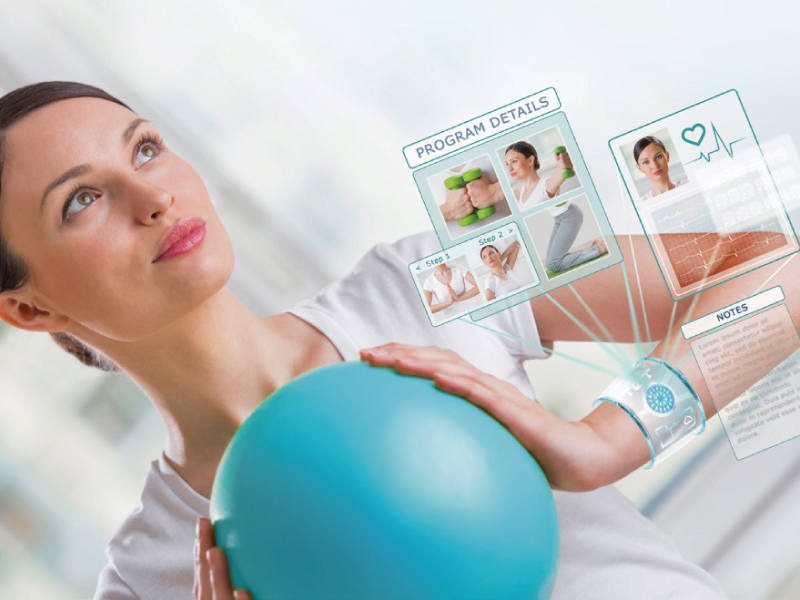
Smartphones have completely transformed the way we look at telephones. From its humble beginnings as a communication tool, the phone has evolved into a movie theater, music studio, library, and now a portable hospital. A number of apps have been invented that can check a patient's heart rate. In the past, patients were required to wear sensitive pads on their torso, close to the heart, but this is no longer necessary. If the app user feels chest pain, they can take their own pulse by placing their finger on the smartphone's camera, or laying the phone against their chest. Wearing a smart watch, instead of using a phone, is even more effective as the apps can monitor heart rate all the time, not only when pain is felt. If there are any abnormal signs, the phone can automatically send an SMS to the patient's doctor. Experts have said that this could help save valuable time in diagnosing a condition, as doctors would not have to wade through piles of information in order to observe the problem. Obviously these apps have been designed specifically for patients with heart conditions, and the ability to monitor their hearts as they go about their daily lives is a major advantage in combating heart disease. But these revolutionary apps have found some other applications, too. People without serious health issues, but who like to keep track of how their lifestyle affects their well-being, use these apps for more general health monitoring. Other uses include performance assessment for athletes, diet monitoring for overweight people, and even a driving safety system. Imagine a device that "could be used in combination with cameras and other mechanisms in the car," says David Atenza, who works on smartphone medical technology. "The driver could be monitored for hunger, tiredness, and any other things that affect driving ability." At the moment, there is a huge wave of interest in producing these kinds of medical apps. Products like the iStethoscope, which allows you to listen to your heart through the phone's microphone, are already popular. The hope is that in the future this type of technology will allow doctors to save lives faster and more efficiently than ever before.
傾聽你的心聲 智慧型手機已徹底改變我們看待電話的方式。從前手機只是溝通的工具,後來卻演變成電影院、音樂庫、圖書館,如今還成了行動式醫院。 許多可檢查病人心率的應用程式已經問世。以前的病人得在身體上靠近心臟的軀幹部位貼上感應貼片,不過現在不需要了。要是使用者感覺胸痛,他們可以把手指放在智慧型手機的相機上,或是把手機放在胸前,就能測量自己的脈搏。配戴智能手錶比用手 機還更有效,因為應用程式能隨時監測心率,而非只有在感覺疼痛時才測量。 如果出現任何異常徵兆,手機會自動發送簡訊給病人的醫生。專家說,這有助於節省診斷病情的寶貴時間,醫生不必為了觀測病情而費力翻找成堆資料。 顯然,這些應用程式是專為心臟疾病患者設計的,能在病患的日常生活中監控心臟活動,是治療心臟病的一大優勢。不過,這些革命性的應用程式也找到了其他的用途。 那些沒有嚴重的健康問題,卻又想追蹤生活方式會如何影響健康的人,可以使用這些應用程式進行更全面的健康監測。其他的用途還包括運動員的表現評估、過重者的飲食監控,甚至還可用於安全駕駛系統。 從事智慧型手機醫療技術的大衛• 阿坦沙說,想 像一下,這種儀器「能與相機及其他車上裝置結合, 監測駕駛人的飢餓、疲勞以及其他會影響到駕駛能力 的問題。」 目前, 生產這類醫療應用程式蔚為風潮。像 iStethoscope 這種能讓人透過手機麥克風聽到自己心 跳,已經是熱門商品。希望將來這種技術能讓醫師救 人的速度與效率更勝以往。 |
沒有留言:
張貼留言